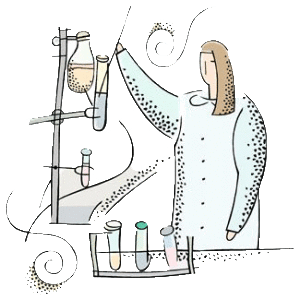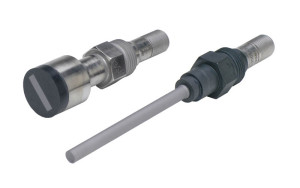Corrosion monitoring usually refers to measure the rate of deterioration under the operation conditions. However, due to the nature of the corrosion process , the corrosion monitoring is more complex than other process parameters monitoring. The data may need further analysed and interpreted by corrosion specialists. In practical, it may involve the following areas :
Sampling and testing
The fluid corrosivity is usually inferred from sampling and testing results, either from online monitoring or manual grab samples. Typical corrosion related testing includes:
- Water chemistry (TDS, DO, iron count, etc)
- Gas chemistry (CO2, O2, H2S, etc)
- Microbial status (SRB, APB, ATP, etc)
- Solids characterisation
The sampling and testing is usually low cost activity. When properly applied, it will give a general picture of the corrosive environment. However, the limitations are also obvious:
- Results do not always correlate to the fluid corrosivity
- Results need further interpretation by corrosion specialists
- Representative of samples is vital for the meaningful interpretation
- Sample is only a snapshot of the process
On line system corrosivity monitoring
On line system corrosivity monitoring is the major method for corrosion and corrosion related damage. A variety of corrosion monitoring techniques are available:
- Corrosion coupon
- Electrical resistance probes
- Linear polarisation resistance
- Electrochemcial noise probes
- Zero resistance ammetry
- Electrical impedance spectroscopy
- Acoustic emission
Any monitoring technique can provide only limited information. Therefore, their selection is process specific and need technical advice from process engineer and corrosion specialists. The data collected from corrosion monitoring techniques may require further interpretation to establish a correlation to the corrosion rate .
The corrosion professional advice is important in applying corrosion monitoring techniques. The intrusive probe somehow may adversely disturb the process, which mayresult in misleading corrosion rate. The probe itself may also cause excessive corrosion rate nearby, in which a management plan should be in place to minimise their side effect.
Process surveillance
Process surveillance is an important however often ignore dpart of corrosion monitoring. The corrosivity of process fluid is in the context of process. Therefore, there are some assumptions (so called design base) for design, materials selection and initial corrosion management plan. The process surveillance is critical to identify:
- Whether design base is still valid
- Whether process was operated within the scheduled operation envelop
- Any outage in process
- Any maintenance / inspection activities may adversely affect the integrity
- Process parameters having severe impact on materials integrity (e.g thermal cycle, etc)
These process parameters are often reviewed by operation and process engineer. Since it may not have immediate impact, their implication on the corrosion and equipment integrity is usually omitted. Corrosion professionals advices on process surveillance will provide a further in-depth analysis, and normally focusing on their long term corrosion prevention strategy and integrity implication. It is an important part of on-going corrosion management through continuous improvement.


This is really interesting, Youu are a very skilled blogger.
I’ve joined your feed and look forward to
seeking more of your magnificent post. Also, I have shared your website in my social networks!